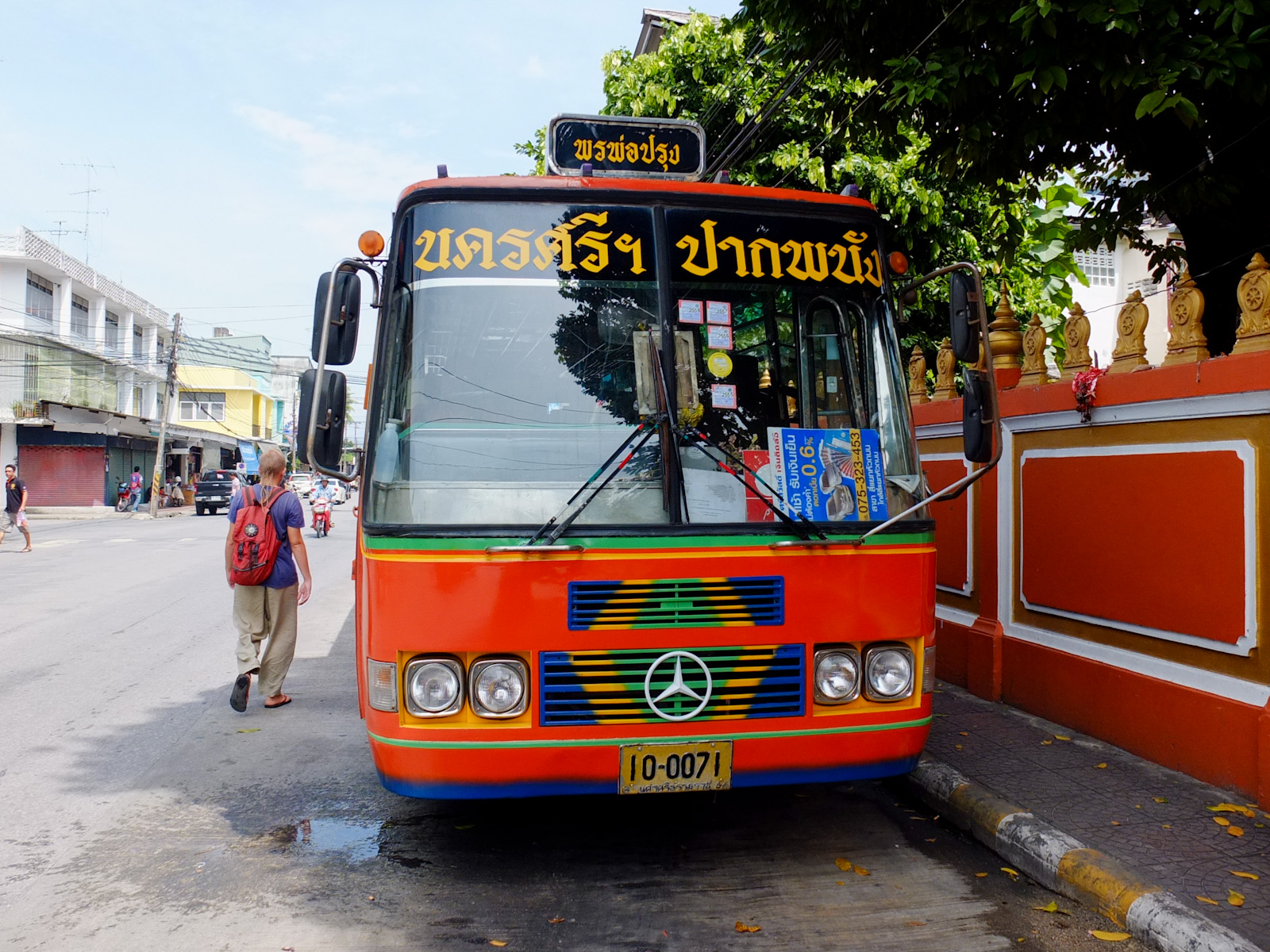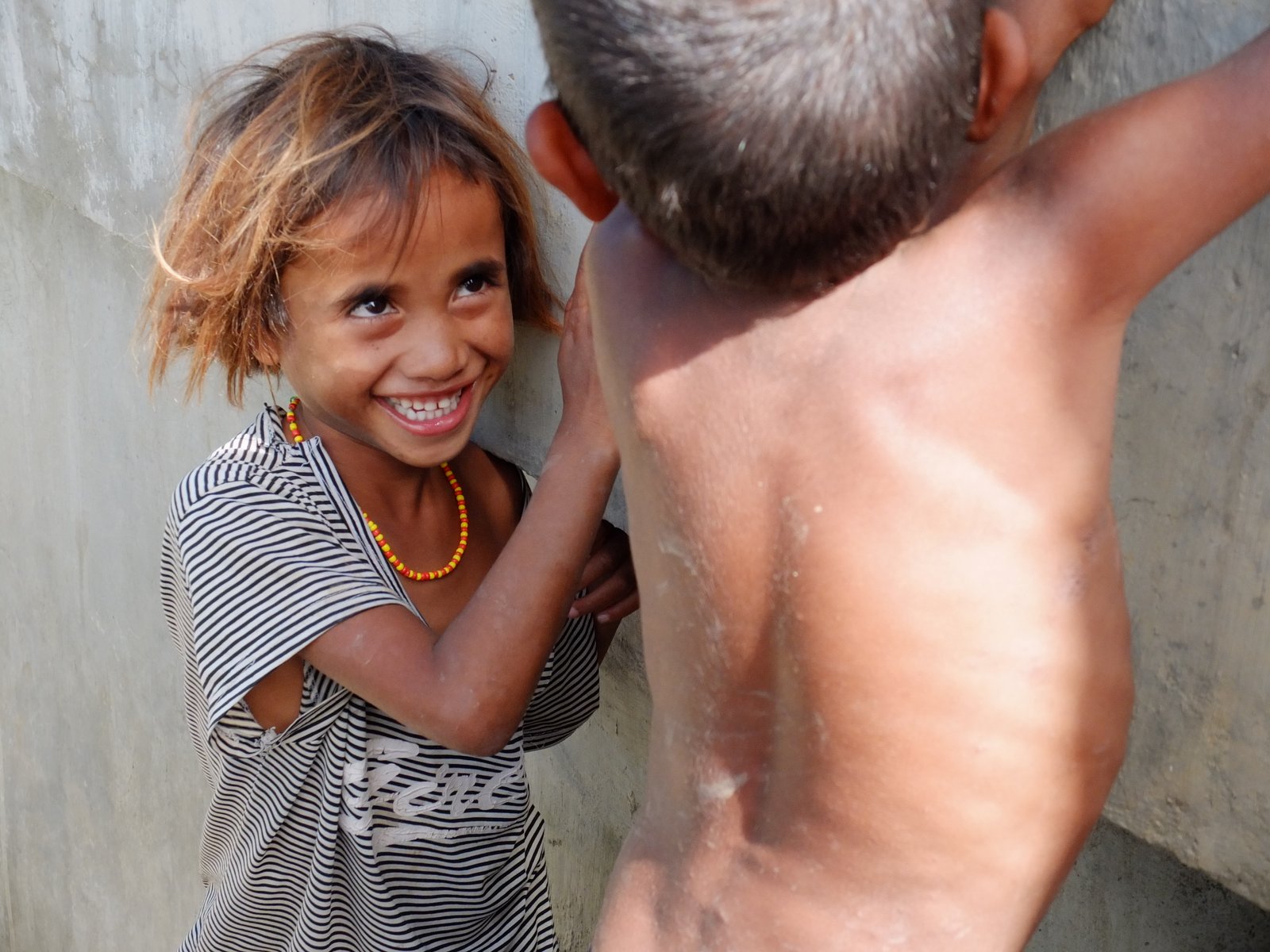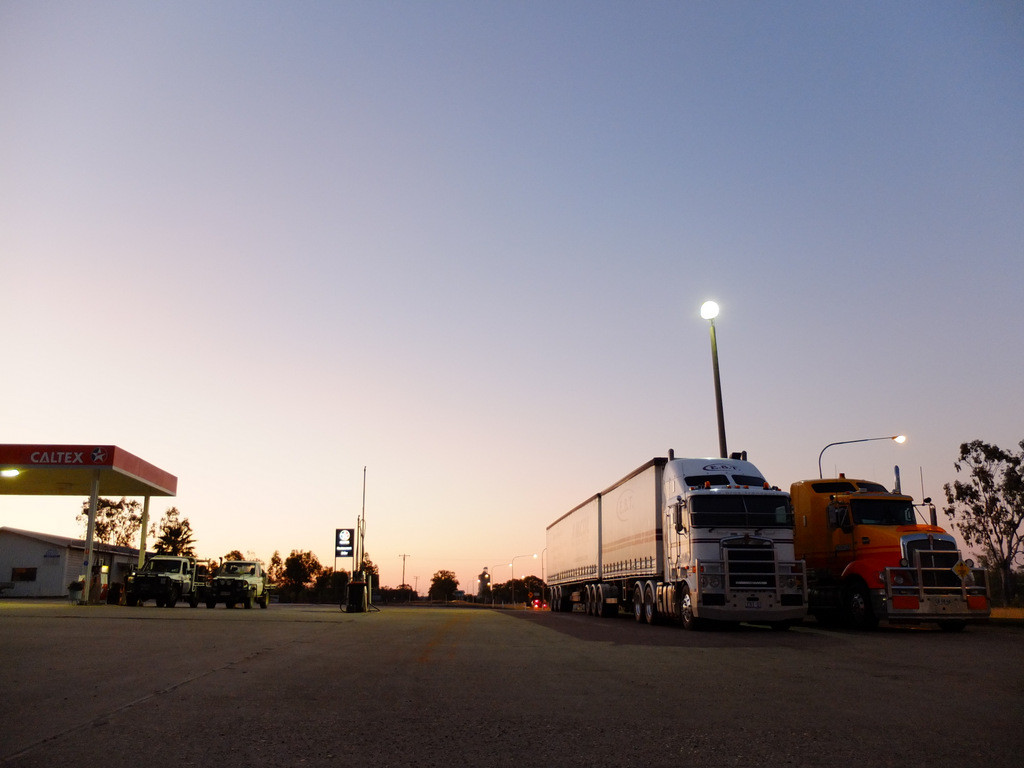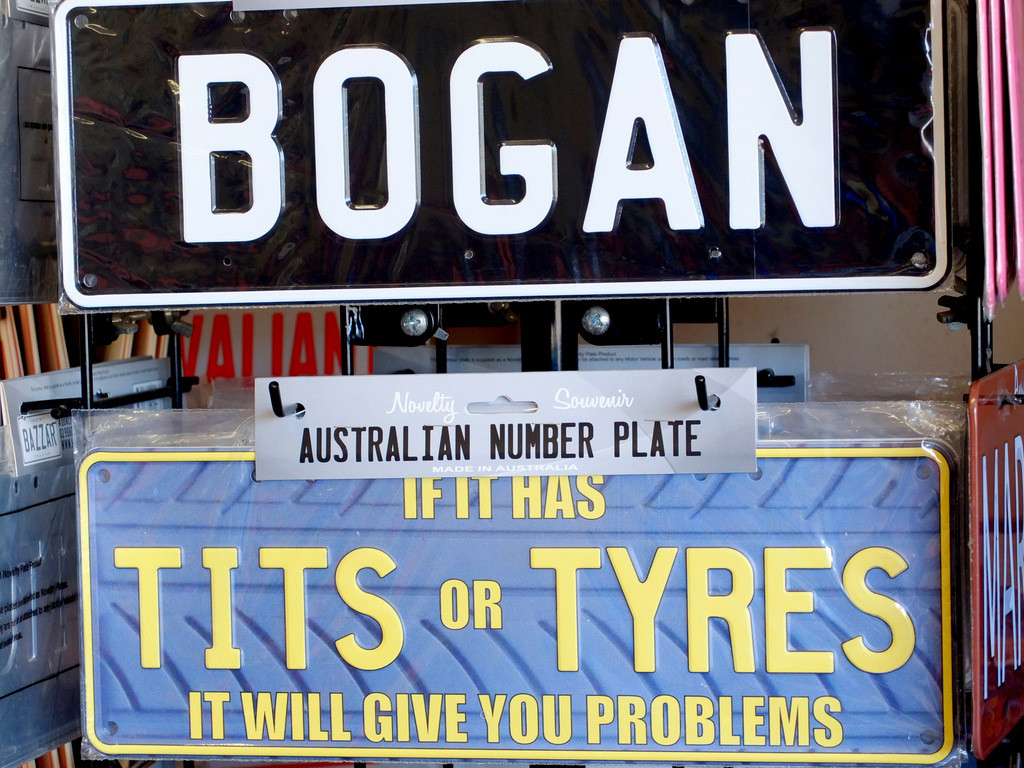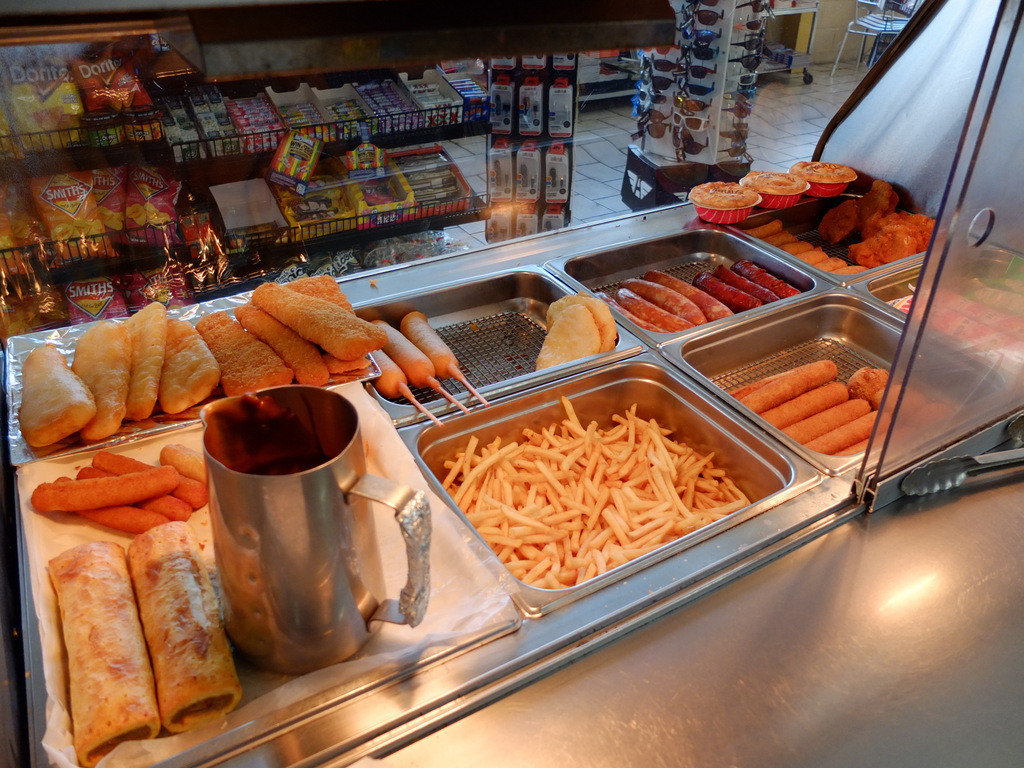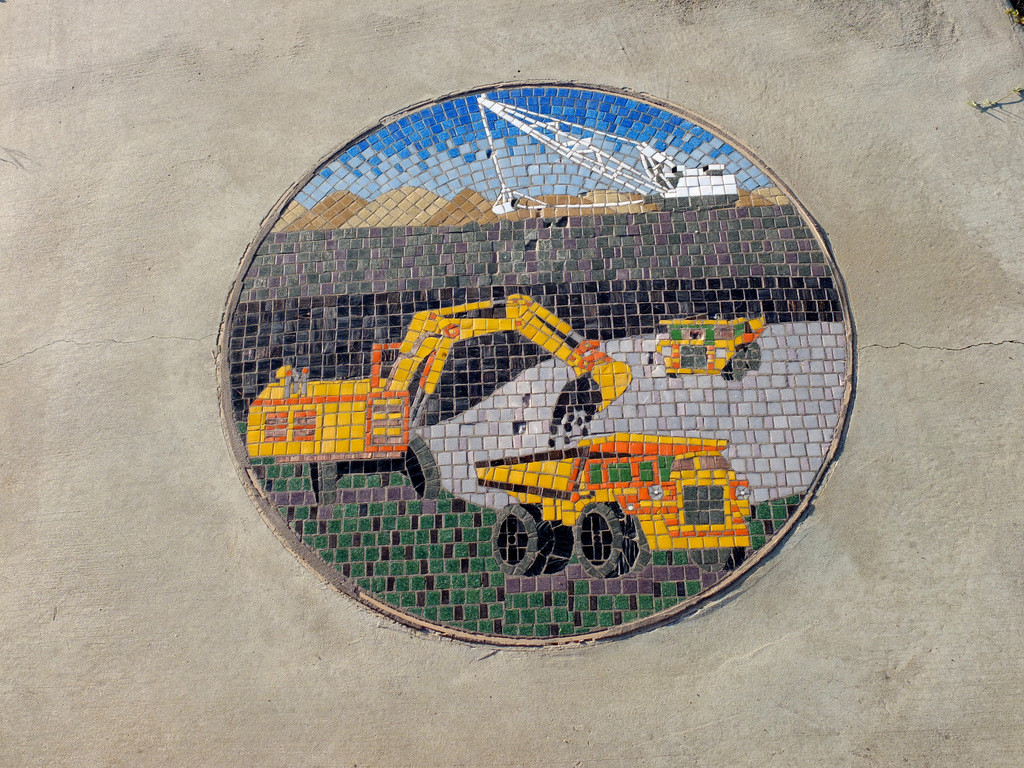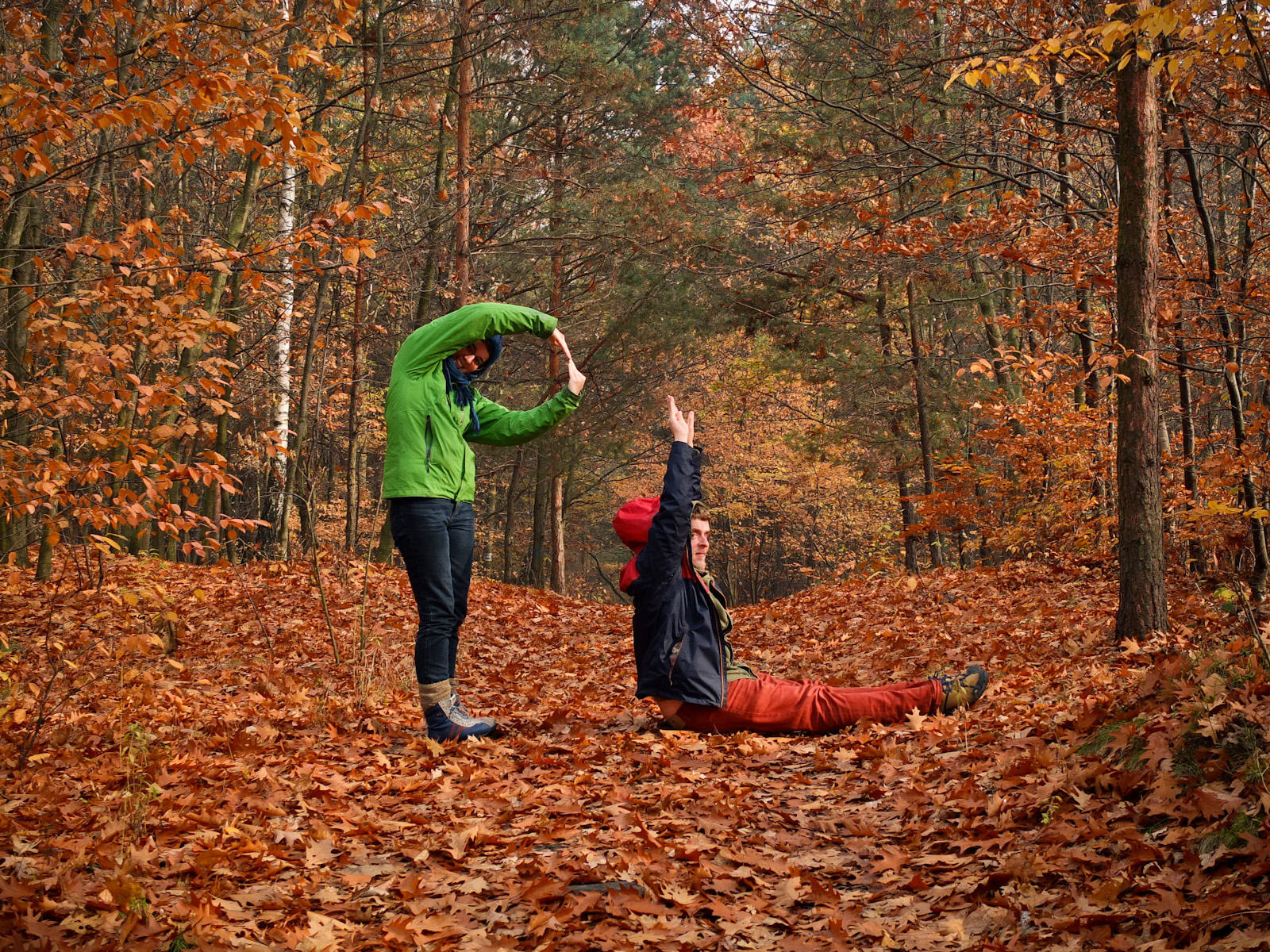
Roadhouse Blues: eating behaviours of Central Queensland
To save up dollars for future adventures, we found ourselves cashing up in an outback roadhouse. A ‘roadhouse’ (apparently the concept is not universal) is a glorified truck-stop: a large petrol station, stocking a few, overpriced supermarket lines & housing a kitchen, turning out steaks as big as your face & fast-food fast, to get those travellers back on the highway asap. A place where the whole family can ‘break the journey’, get out of the car, stretch those legs, use the facilities and hopefully (at least for the establishment) part with some money. In Australia, where that journey could be a 12 hour drive, a place to break the journey is pretty necessary. Even an overpriced roadhouse that hasn’t changed since 1982, with only a patch of grass kept green by daily watering, can seem like an oasis. Or so we were told…
For me – a girl from rural Victoria – arriving to work at the Dingo Roadhouse in Central Queensland hit me with an unanticipated culture shock. My last workplace had been an alternative vegetarian restaurant in Melbourne. And now I found myself in a place where customers commonly request salads to be excluded from their burgers. A local boy working in the kitchen wasn’t sure how to make my sandwich (free for employees in their half-hour lunch break), as it was “all salads” (it was tomato, cheese, onion and beetroot) and he’d never made a meat-free meal before. Set on the featureless Capricorn Highway between ‘Australia’s beef capital’ Rockhampton and ‘Queensland’s coal capital’ Blackwater, the flat, dry, scarcely-vegetated, sun-bleached landscape surrounding the dot of a village stretching every direction, was one thing that struck me as foreign. However, it was the interactions I observed between the customers and their meals that I found the most interesting difference. I’d like to share some of the food behaviour patterns I have observed in my 3 months of employment in such a place.
Before we go further, I need to introduce you to the heart of any outback roadhouse: ‘The Hot Box‘. The Hot Box is a bain marie or warmer that sits next to the main till. Surrounded by glass, it incubates deep-fried “food” items for up to 4 hours, or until the cashier makes that ever-debatable judgement call that an item has ‘passed it’. The Hot Box items were unbeknown to me before my time at the Dingo Roadhouse. Excluding of course the (meat) pie and sausage roll, it’d be down right un-Australian of me to say that I’ve never had those food experiences! But the rest were 12 crispy, golden new culinary items for me to get acquainted with. And our customers couldn’t get enough of them.
Now, on to the observed behaviours & accompanying theories*:
-
The ‘Would you like a seperate bag?’ phenomena:
In my three months, I had maybe one customer answer “yes, please” to this question. Leaving almost all customers unopposed to having their Hot Box items of choice lumped in together (“they’ll be right” or “I’m not fussy” being the usual responses). This leaves the customer walking away with a single bag containing a piece of battered fish next to a chicken tender or a seafood stick brushing up against a crumbed sausage. Is it just me, or is chickeny fish a little weird? This seemed to indicated a total disconnect between the consumer and their food. It seems the customers cared little about what the deep-fried shape was exactly. I had people point at items and say “One of ’em” suggesting they didn’t know what it was they were asking for. The most startling example of disregard for food that I witnessed was when my manager fumbled a lone pluto pup (often known as the ‘dagwood dog’ or ‘hot dog on a stick’) dropping it onto the floor. My manager, to his credit, fessed up to the blunder immediately. To my amazement the customer replied “that’s alright, I’ll have it anyway. No worse than at home.” The manager handed it over for free, saying he was eating it at his own risk.
-
M.E.A.T:
In Central Queensland it seems, if it wasn’t once moving it ain’t food. Beef farming is a major industry out here, so I suppose it’s hardly surprising that it gets a lot of support. What was surprising is we had people ordering 450g rump steaks at 6am. Steak and eggs is on the breakfast menu. People sometimes order bacon and eggs with extra steak. I will say that often these people are working labour intensive jobs all day, but equally likely their job might be totally sedentary sitting at a truck wheel all day. The Irish chef working at the Dingo hotel says ‘people want good quantity, not good quality here’ and as the chef, it’s his job to give the people what they want. The chef learnt quickly that the wording on his specials board is very important in how many plates will be sold. In Dingo, “Pasta of the day: pesto fettuccine” is unlikely to move at all, while write “Pasta of the day: meatball pesto pasta” will get him glowing complements.
-
Child-like palate:
Chicken tenders are, so I’m told (I’m declining to try them), “a bit spicy”. Tell this to a customer and their likely to change their order. It seems the majority of our diners favour blander flavours and nothing too strong. Despite having a cappuccino machine (admittedly one which creates a consistently crap coffee at the touch of a button), our customers would rather get their caffeine hit from a colourfully packaged energy drink or maybe a jumbo sized pre-bottled ice coffee. Perhaps this is due to a cold drink being more appealing in the outback heat, however I’d wager it to have something to do with a mass sugar addiction. I realised how many of our customers already have diabetes the week we ran out of Equal, a synthetic sweetener. I’ve even had adults request white-bread sandwiches with the crusts cut off (I’ve realised it’s often due to dental problems). And just like kids, many of the fully-grown truckies will avoid vegetables. Perhaps a fear of flavour is a fear of something different, something that may challenge or offend. Certainly the ‘multicultural Australia’ is yet to reach the Highways of Central Queensland.
-
The mysterious oral tradition of Hot Box nomenclature:
Of the 14 food items contained in the sacred Hot Box, their is not a single labelled item. Yet it is rare to find a customer who cannot name each item by heart (though the ‘pluto pup’ seems to be dialectal). How does this knowledge come about? Perhaps it is passed down father to son, in roadhouse stop-overs on family holidays. Or maybe it occurs in adolescence, part of the teachings in a trade apprenticeship. PhD project waiting to be discovered here.
-
The undeniable phallus resemblance:
Every Hot Box item is long, firm, round and looks like a dick. Crumbed dicks, dicks on sticks, dicko rolls. I suppose this shape is designed to be good for one to ‘stick in their gob’ whilst driving. However, in a place where homophobia is the lay of the land, I’d like to hold on to my theory that subconsciously all the men looking hungrily at the kabanas are venting another desire. The beef croquets had my theory stumped for a while, until a break through realisation that the crumbed ovals are the exact size of a testicle.
-
Best served in front of a television:
The roadhouse dinning room set up contains a number of small tables with a single chair facing a large flat screen t.v. that dominated the room with it’s pervasive infomercials in between Sunrise (a commercial morning current affairs show. And by affairs I mean interviewing the YouTube sensations of the week, you know, the big issues…) When Sunrise ends a manager will walk by and switch to a video loop of monster trucks getting bogged in mud with blasting fast-beats. Let’s remember that many of these customers are getting out of trucks they have been driving for hundreds of kilometres all day. They might not be home to their families for 4 or 5 days. They might not even have families. And they still choose to sitting alone in front of a t.v. than sit together. What kind of a place is this?

There are more t.v. screens than tables in the Dingo Hotel. 5 of the 9 screens can be seen in this picture.
Discussion
The worst thing about the whole culture is the roadhouse kitchen seems to be giving these people exactly what they want. This extra large, crumbed fantasy land is such a deeply rooted part of Highway life that most of consumers don’t seem aware that there may be any problem with having 3 crumbed sausages for morning tea everyday of their working life. It’s interesting that those doing the most damage to the environment, through their work in mining or agriculture, also do the most damage to themselves by eating food that does the opposite to nourish them. Choice does not seem to be something the people of Central Queensland feel they have much of. During the Queensland state election I asked my manager (who was one of the more progressive thinkers out there) what he thought about the change of government. He responded “What difference does it make to my life who’s in power? Whoever it is, I still get up tomorrow and go to work.” I was struck by his hopelessness. On another occasion it was explained to me that the skewed population density of the state of Queensland means that the people living outside the south eastern corner of the state are not prioritized by the government, because comparatively these are so few people. This means worse roads and less services.
It’s easy for we city dwelling Australians to judge the bogan individuals of places like Central Queensland. But if we are serious about moving forward, we first need to understand how these cultures come about. Obesity is a mark of poverty. In the case of Central Queensland, where locals can be on big money through the mining companies, it’s not a poverty of finance, but a poverty of opportunity. Education is surely the way forward. But in the harsh outback environment, of tremendous distances, scarce population, and resistance to change, any step forward is unlikely to happen quickly or easily. So for now, the crumbed steak continues to exist.
* The theories identified in this pilot study will need further research before they can be confirmed. However, this researcher has taken all she can stomach and hopes her evidence can be helpful in the quest of those devoting their lives to studying truck-driver (truckerous drividia) eating behaviours.

